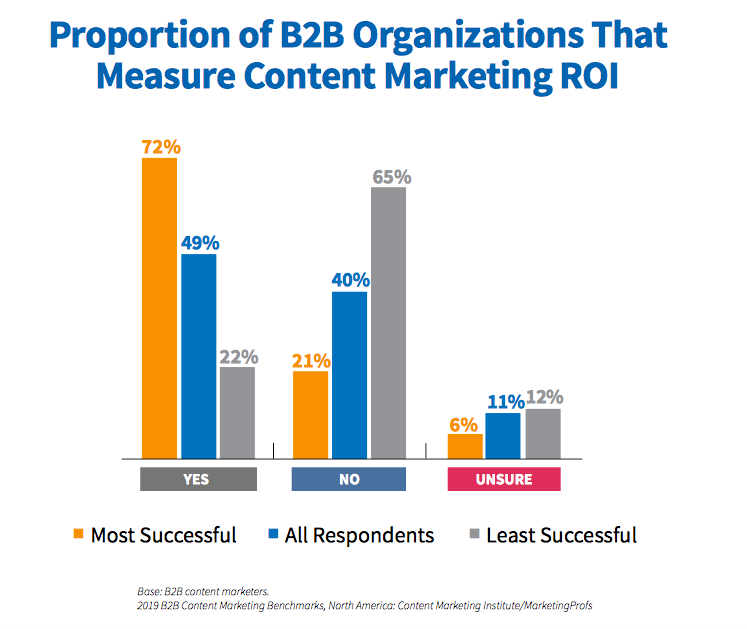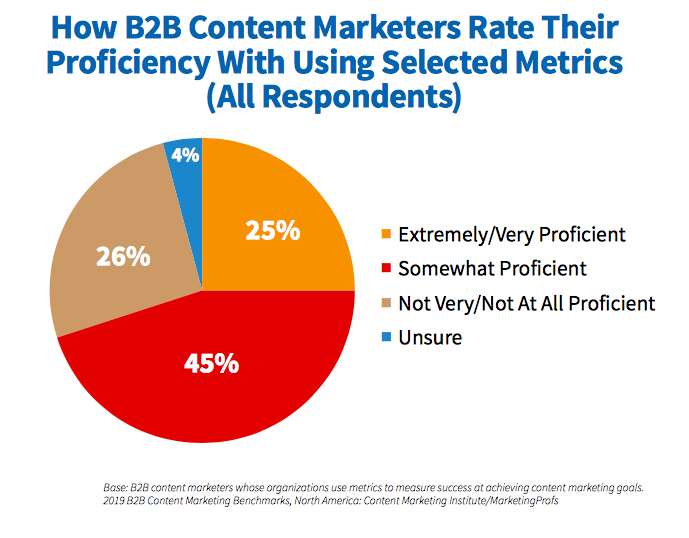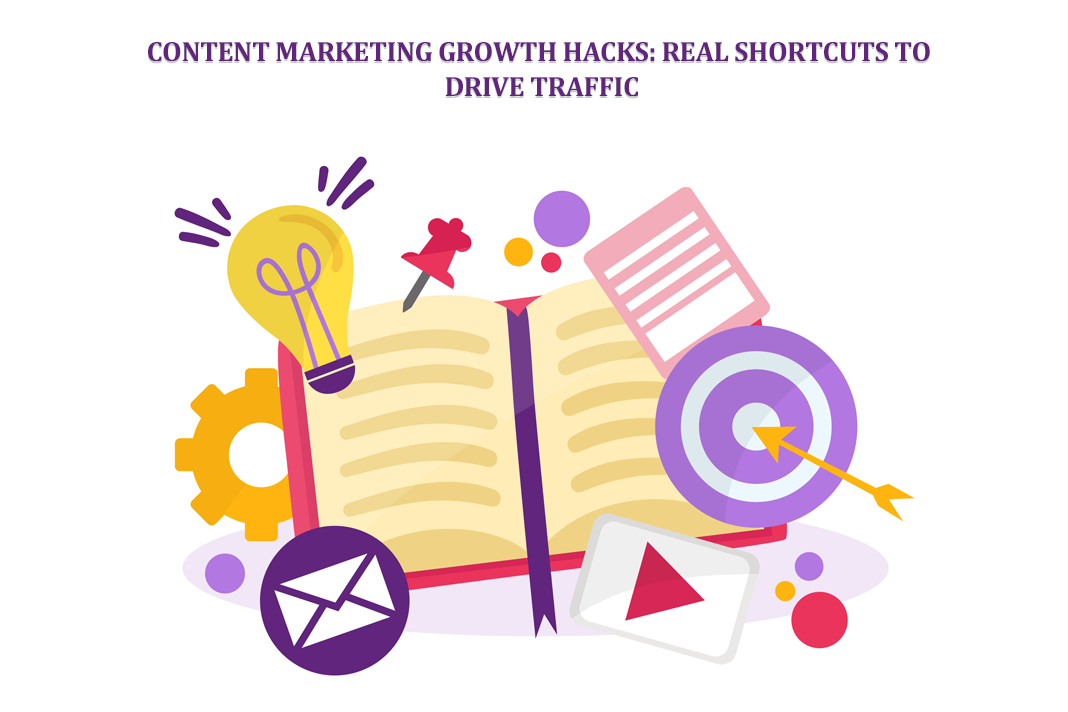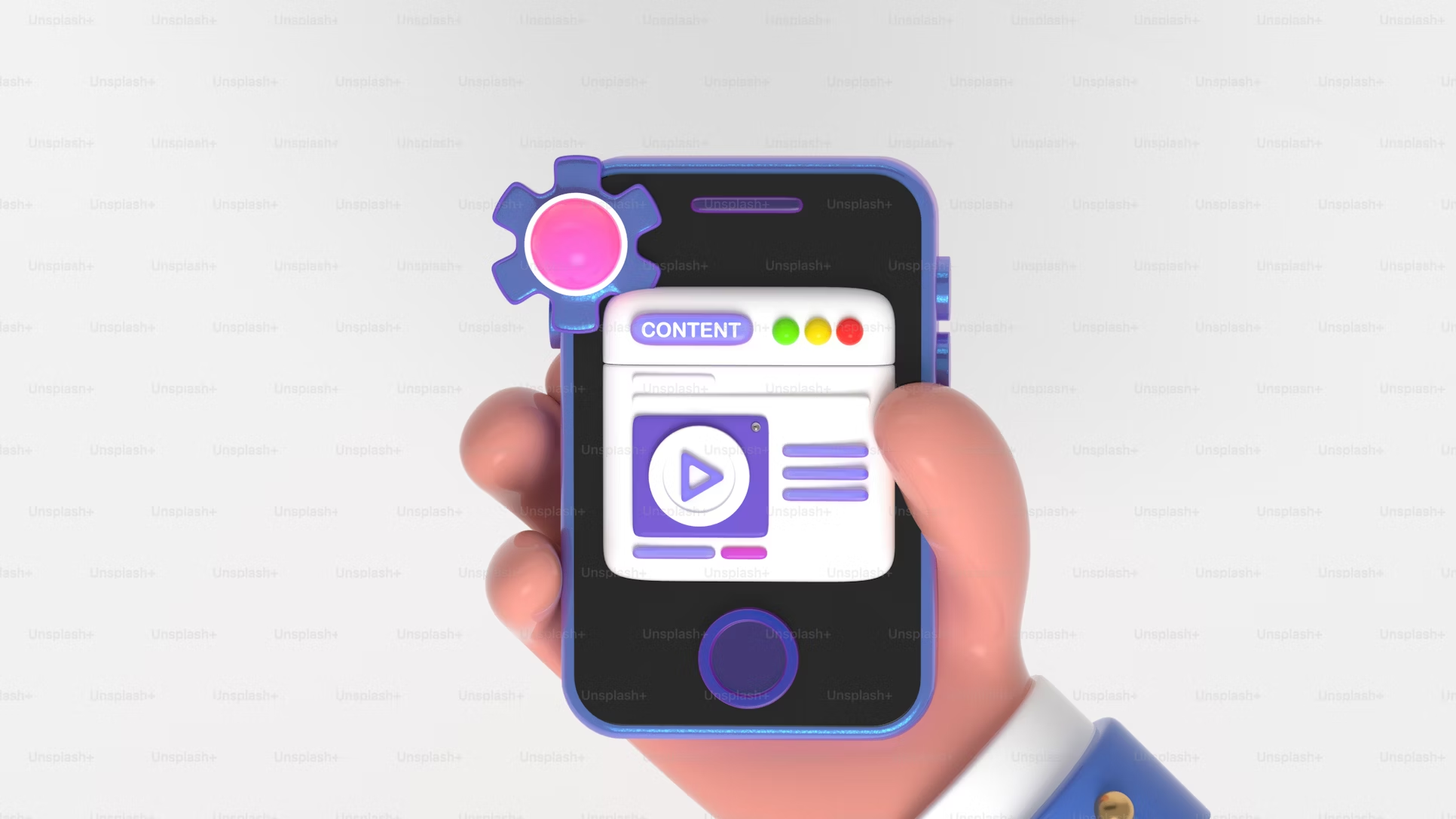How to Build a Successful Agency-Client Relationship
Yours could be the best agency in the world in terms of results, but if your clients find it difficult to work with you, or you don’t align with their philosophy and culture, the working relationship is likely to fail.
Quick Links
At Aprais we know stronger relationships build stronger businesses. It’s also true that for agencies, creating good working relationships can reap wider rewards – more than 50% of digital marketing agencies say their main source of new business is from client referrals.
It shouldn’t always be the case that the client chooses the agency. The agency should also be clear that the client is a good fit. Sometimes it’s a better business decision to pass on projects. Beyond this, there are a few basic principles to follow to build and maintain positive relationships.
Quick Takeaways:
- Positive agency-client relationships are the key to business success for both parties.
- Good communication is vital, as is having clear expectations on both sides.
- Evaluation improves relationships and can even save failing ones.
1. Build trust with transparency and accountability
Be realistic about what you can achieve and hold yourself accountable. If you’re unsure, it’s best to err on the side of caution. Look at it this way, if you complete a project a week ahead of the deadline, your client will be delighted. If you deliver a week late, you’re risking losing their business.
2. Set clear goals and measure success
Ideally goals are set as a team, but if a client doesn’t set them this doesn’t mean that you shouldn’t.
Research by the Content Marketing Institute shows more than 50% of B2B content marketers either don’t measure ROI or are unsure if they do or not.

Further to this, only 4% of respondents stated that they were “very proficient” at using metrics to measure the results of their content marketing success.

This presents a clear opportunity for agencies to differentiate. Setting clear goals for success and presenting the results of campaigns in the form of measurable figures demonstrates value. It builds trust, boosts communication and accountability, and helps challenge by identifying future improvements.
3. Communicate regularly and effectively
It’s important for your clients to be actively involved in their campaigns and projects, and have the opportunity to ask questions and request changes.
You should make it clear from the start how your clients can contact you and how frequently they should expect to touch base. This might include:
- Answering emails within a set time
- Having scheduled weekly phone calls to discuss projects
- Setting up regular review meetings
- Sending reports and results of campaigns on a monthly basis.
Clients should be able to reach you on short notice in an emergency, but our data shows frequency of contact doesn’t in itself improve relationships.
When you enter into a new agreement with a client, make sure that they know what level of contact to expect and also what you’ll need from them in order to work effectively.
Transparency is also key – if things aren’t going well, don’t gloss over the details. Your client will appreciate the honesty and you can work together to challenge and improve processes going forward.
4. Work in partnership
The best relationships are where both parties work as a team, rather than from a client-supplier model.
Keep your clients informed and involved with your processes so they can better understand how members of each of your teams can work together. Allow yourselves to be challenged and listen to feedback on how you can improve your processes.
Commit to ongoing innovation through regular brainstorming sessions and sharing of information so you can learn and grow together.
5. Evaluate the relationship
Our own data shows that evaluations improve relationships. Not all evaluations are created equally and using internal processes can create an ‘inhouse bubble’ and skew interpretations. For best results evaluations should be conducted on a six-monthly basis and incorporate a process whereby both parties evaluate each other. A regular process of evaluation can help turn around a failing relationship, which is ultimately more efficient and cost-effective than a lengthy pitch process. This requires a transparent, two-way conversation.
How to Use SEO and SEA Together in Search Engine Marketing
In digital marketing, search engine marketing (SEM) plays a critical role in improving online…
0 Comments10 Minutes
Content Marketing Growth Hacks: Real Shortcuts to Drive Traffic
Are you still lagging in content marketing? Sticking to these old strategies seems…
0 Comments10 Minutes
How to Build a Strong Local Following Using Social Media Marketing
In the days of likes, shares, and stories, local businesses have a golden opportunity to create…
0 Comments9 Minutes
Why WooCommerce is the Best Choice for Your Online Store?
WooCommerce stands out as a top option for anyone looking to build an online store. This platform…
0 Comments8 Minutes
How to Use AI-Powered SEO Tools for WordPress eCommerce
SEO is a critical factor in the success of any e-commerce WordPress store. As competition…
0 Comments11 Minutes
Why Short-Form Videos Are the Future of Content Marketing
Your Instagram customers spend over 50% of their time watching short-form videos and reels. Rather…
0 Comments12 Minutes
The Role of Digital Marketing in Business Growth
Online marketing touches every aspect of a business, whether it is initiating the idea or for an…
0 Comments3 Minutes
AI Meets Authenticity: Balancing Automation and Human Touch in Content Marketing
Is your brand starting to sound like a robot? In a world where algorithms write faster than any…
0 Comments8 Minutes








